There are many types of loan structures, but they normally fit into two categories: cash flow or asset based. A cash-flow loan is a loan against your future cash flow. It’s a bet you will perform well enough in the future to be able to pay back your debt plus interest. An asset-based loan uses your assets as collateral — so if you default, the lender gets the asset.
• Term Loans: These are basic debt instruments, an amount due at a future time (term). These are normally cash-flow based, and milestones are pretty common. Sometimes you can have a draw period — usually you pay a smaller interest (or no interest) amount for a period where you can decide if you want to borrow the money. If you do borrow the money, the debt terms kick in at that point.
One main advantage of this type of loan is locked-in financing. You are guaranteed a specific amount of money at certain terms and interest rates.
There are disadvantages, though. Locked-in financing is expensive to leave (e.g., prepayment penalties). These loans also can potentially have onerous covenants that can constrain your ability to invest and do other capital projects until the loan is paid off.
• Line Of Credit: This is an amount of money a lender allows a borrower to “draw down” (borrow). Normally you only pay for what you draw.
This kind of structure offers flexibility: You get and pay for only what you need.
However, a line of credit can disappear (lenders can easily rescind the draw availability). These also generally can’t grow as fast as a company needs in high-growth industries.
• Asset-Based Lending: These loans are backed by the value of the borrower’s assets. There are several types:
Working capital financing normally exists to fund asset-based sales (e.g., help finance your inventory). This category is divided further into factoring/receivables, where your receivables due from customers are the collateral, and inventory, where your inventory is the collateral.
Another type is equipment financing, which funds the purchase of equipment or which allows you to borrow against your equipment’s value.
Asset-based lending is cheaper than term loans since there is collateral. However, it is tied to the value of the asset, so availability can fluctuate.
There are endless combinations of debt structures all of which obligate your company to future agreements, potentially onerous and expensive. By knowing the major debt structures and lender types, you increase your chances of finding the right debt and terms for your company and situation.



